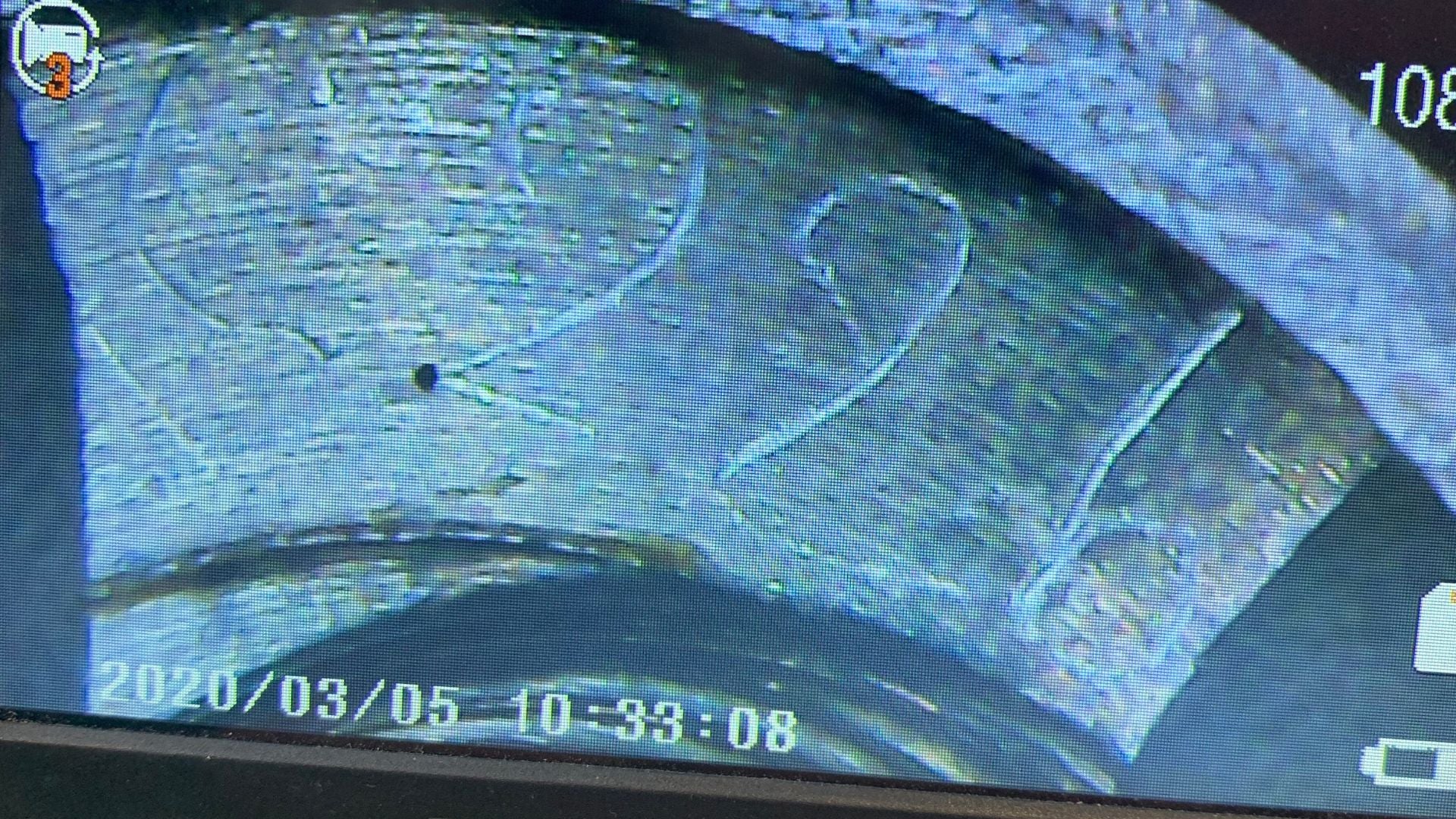Spotlight on Crispin's favourite vintage watch
We like watches with a bit of history and that have a story to tell, which is why as well as our permanent collection, we also have our unique vintage collection.
We recently asked Crispin, our founder and director (aka Mr Jones) to shed some light on his love of vintage watches.
What is your favourite vintage watch?
“One of my most prized watches, and a rather modest one, was made by Smiths in 1945. It’s a 13-ligne and represents the rebirth of watchmaking in England.
“Smiths first started as a watchmaker and retailer in the late 19th century and were the last producer of mechanical watches in this country. They stopped making watches in 1971.”

Tell us more about how Smiths got into making these watches.
“In the early 20th century, Smiths transitioned into making car speedometers along with other watchmakers, leading to the quite steep decline in watchmaking in the 1920/30s.
“At the outset of the second world war, the lack of native watchmaking was identified as a problem by the government as the construction of time fusers for bombs relied on similar mechanisms to those used in watchmaking.
“Smiths were given considerable financial support from the government to establish watchmaking and built a factory just outside Bishop Cleeve in Cheltenham, UK.
“They received orders for pocket watches, stopwatches and wrist watches from the military as part of the war effort. They managed to supply both pocket and stopwatches, but struggled with the miniaturisation of the mechanism down to the size of a wrist watch.
“Smiths were unable to produce a reliable enough watch movement to deliver in any kind of volume. High precision wrist watches were needed for aerial navigation before radar was widely available.
“In the Horological Journal in 1947, Smiths announced they had started offering a few 13-ligne watches to the public. The watch I have is one of the few 13-ligne produced which represented the end of the government contract.”

How did you get your hands on one of the 13-ligne Smith watches?
“I purchased this watch at an auction held in Cheltenham in 2017, it is fair to say the auction house had little understanding of what they had, but the wider Smiths collecting community understood the significance of the watch being sold.”
Can you tell us about the watch’s interesting features?
“Under the plates the watch has its unique number scratched - C226. I read this as being the third batch (i.e. A, B, C etc.) and number 226 in that batch, which makes it within the first few hundred produced by Smiths.
“The dial is a very simple pad print in one colour, with slightly flamboyant hands to balance this out.
“The case is stainless steel and was produced for Smiths by Dennison Watch Case Company which had a factory in Birmingham, UK.”

What do you admire most about this watch?
“I cherish it. It's a very early example of English watchmaking and I really value it for its history above anything else - the value is not commensurate with how rare a thing it is.”

We have held a variety of vintage pieces over the years which you can see by heading over to our vintage archive.
Have you bought a vintage watch from us? If so, let us know by tagging us on social media @mrjoneswatches.



